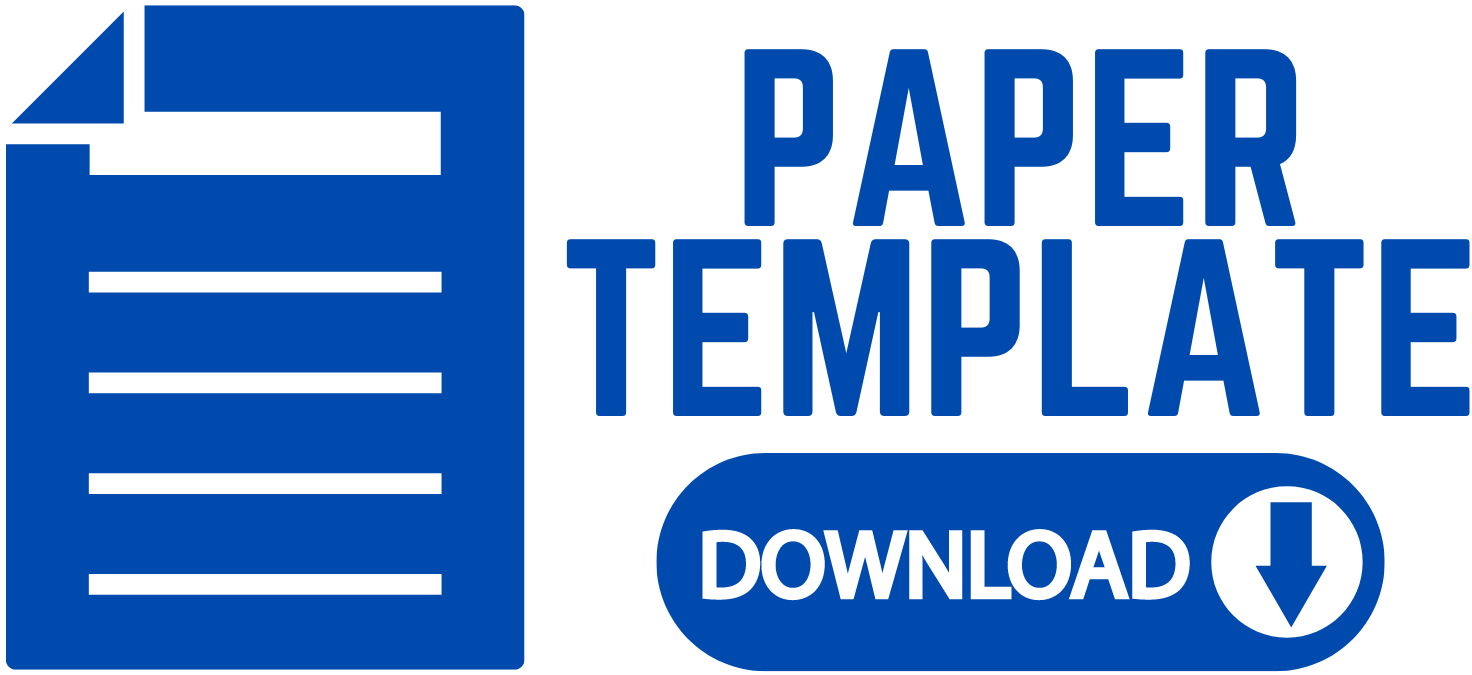Exploring the Use of Google Jamboard for Interactive Collaboration in a Language Learning Environment
Keywords:
Google Jamboard, collaboration, technology acceptance modelAbstract
Google Jamboard is a web-based platform that can be used for interactive collaboration in language learning. This study explores how students perceive and adopt Google Jamboard for collaborative language learning activities using the Technology Acceptance Model (TAM) as a theoretical framework. TAM examines technological adoption through perceived usefulness and ease of use and this study expanded to include fun, attitudes, and behavioural intentions. This research adopts a quantitative methodology using surveys with questionnaires to gather data from 45 participants. The analysis focused on the aspects of fun perception, usefulness, ease of use, attitudes, and intentions towards using Jamboard, revealing mean scores between 3.33 and 4.44 with 'Fun Perception and Attitude' scoring the highest at 4.44. This showed the significance of Jamboard's appeal due to its user-friendliness, convenience, and engaging nature. The analysis also confirms all proposed hypotheses indicating that perceived ease of use, usefulness, and the ‘fun’ aspect of Jamboard significantly affect the students’ attitudes and their intention to use Google Jamboard. Thus, these findings suggest the potential to integrate Google Jamboard to teach language and enhance student motivation and interest, offering significant implications for educators aiming to leverage technology tools for improved learning outcomes in language education.














